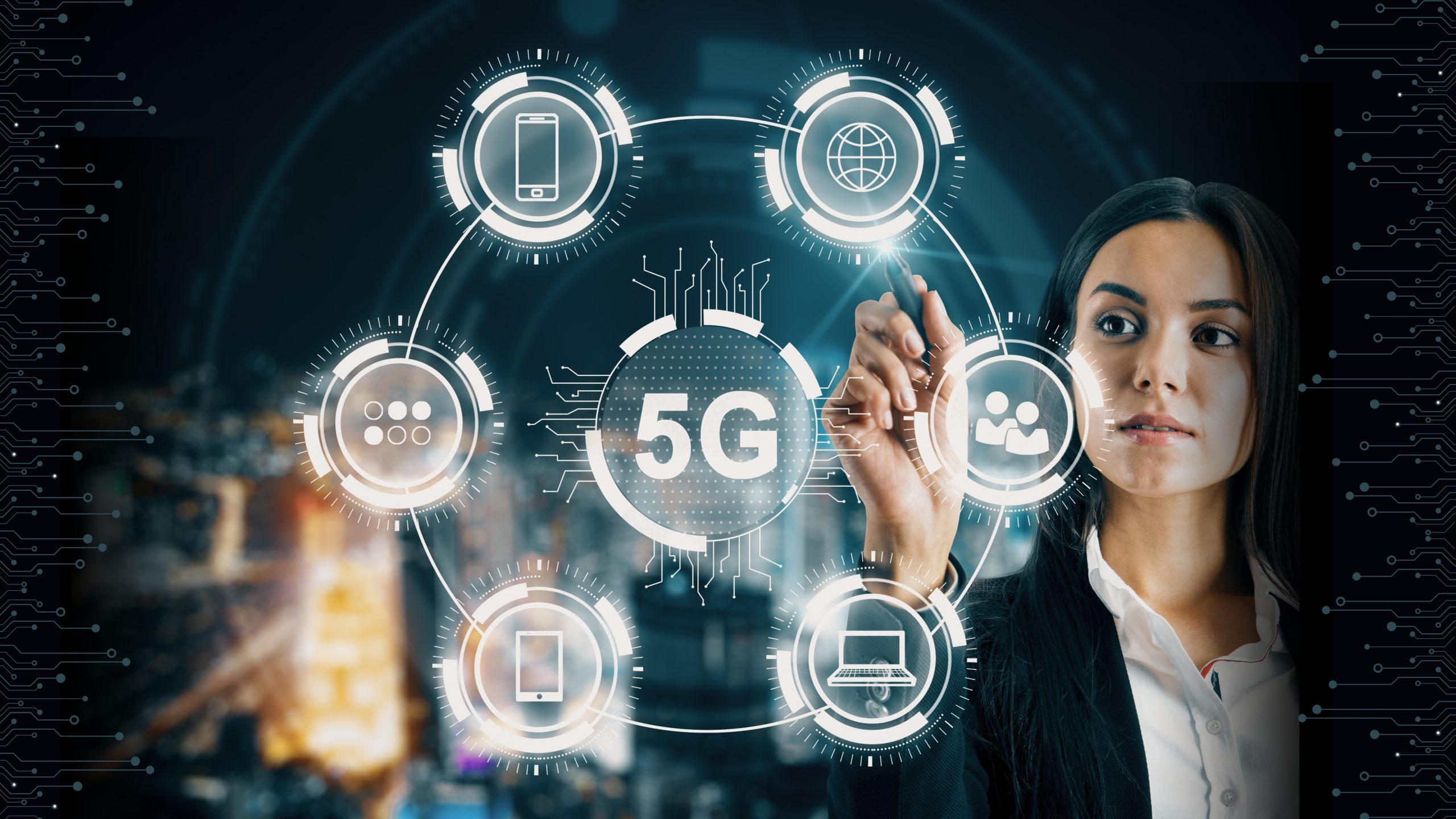Revolutionizing Connectivity: The Role of 5G Deployment in Modern Technology
telcomatraining.com – As the world transitions into a hyper-connected era, 5G technology stands at the forefront, promising to revolutionize communication systems, enable futuristic applications, and transform industries. This guide provides an in-depth look at 5G deployment, its technical foundations, services, and benefits.
The Foundation of 5G Technology
5G deployment began with Release 15, which introduced several groundbreaking innovations. These advancements include new radio transmission techniques, improved modularity, and reduced response times, ensuring 5G networks deliver industry-grade reliability and efficiency.
Key technologies that form the backbone of 5G systems include:
- Network Function Virtualization (NFV):
NFV decouples hardware from software, enhancing modularity and scalability. This enables dynamic allocation of resources to meet specific network demands. - Network Slicing:
A standout feature of 5G, network slicing allows operators to create virtual network segments tailored for different applications, such as autonomous vehicles, healthcare, and entertainment. - Edge Computing:
By processing data closer to users, edge computing reduces latency and enhances real-time communication, making it vital for mission-critical applications like remote surgeries or autonomous driving. - Non-Terrestrial Networks (NTN):
NTN integrates satellite communication with terrestrial networks to provide seamless global coverage, including in remote or rural areas.
5G Services: A New Era of Connectivity
5G technology is designed to address diverse user needs across multiple domains. Its services can be broadly categorized into three key areas:
- Enhanced Mobile Broadband (eMBB):
- Downlink Speeds: Outdoor connections offer speeds up to 50 Mbps, while indoor 5GLAN setups can achieve 1 Gbps.
- Uplink Speeds: Typically half of the downlink values.
- Use Cases: High-speed internet for aviation, enabling up to 1.2 Gbps for airborne flights.
- Critical Communications (CC) and Ultra-Reliable Low-Latency Communications (URLLC):
- Reliability: Designed for ultra-reliable connections with up to 99.9999% dependability.
- Data Rates: User-experienced speeds of up to 100 Mbps.
- Latency: End-to-end latency as low as 50 milliseconds, making it ideal for time-sensitive applications like industrial automation and emergency services.
- Massive Machine-Type Communications (mMTC):
Although not explicitly mentioned in earlier discussions, mMTC is another critical aspect of 5G. It supports massive IoT deployments, connecting billions of devices with minimal energy consumption.
The Technical Foundation: How 5G Works
The remarkable capabilities of 5G stem from its sophisticated technical features:
- Frequency Bands:
5G operates across a wide range of frequencies, including millimeter-wave (mmWave) bands like 24 GHz and 28 GHz, as well as sub-6 GHz bands. These bands provide increased bandwidth for faster and more efficient data transmission. - Massive MIMO (Multiple Input, Multiple Output):
Leveraging massive arrays of antennas, MIMO improves spectral efficiency and significantly enhances data throughput, even in densely populated areas. - Beamforming Technology:
By focusing radio signals toward specific users or devices, beamforming ensures stronger signal strength, reduced interference, and higher data rates. This technology plays a pivotal role in enhancing the user experience.
The Future of 5G: What Lies Ahead?
As 5G deployment continues to expand globally, its impact on industries and daily life is becoming increasingly evident. Key areas of development include:
- Autonomous Transportation: Real-time data processing enables safer and more efficient self-driving vehicles.
- Healthcare Innovation: Remote surgeries and telemedicine are becoming more accessible through ultra-reliable, low-latency connections.
- Smart Cities: IoT-powered infrastructure allows for efficient energy management, traffic control, and public safety enhancements.
- Entertainment and Media: Augmented reality (AR) and virtual reality (VR) experiences are becoming more immersive with high-speed, low-latency networks.
Conclusion
5G deployment represents a paradigm shift in connectivity, offering unprecedented speeds, reliability, and versatility. Its transformative potential extends beyond telecommunications, unlocking new possibilities across various industries. As the world embraces 5G, its ability to enable innovative applications and drive economic growth will remain at the center of its evolution.
By leveraging cutting-edge technologies such as network slicing, edge computing, and massive MIMO, 5G is not just a step forward—it’s the foundation for a truly connected future.







